My friends William A. Ross and W. Edward Glenny have edited a wonderful new book, The T&T Clark Handbook of Septuagint Research (2021). I asked them to guest write a post on key questions and trends in Septuagint Research. Read their thoughts below and definitely check out the book.
What’s Going On In Septuagint Studies?
William A. Ross and W. Edward Glenny, editors
What is the Septuagint?
Most of us involved in biblical studies would agree that the so-called Septuagint (LXX) is a valuable resource for our work. It is obviously important for OT textual criticism and interpretation, and for understanding the Greek of the NT and the quotations from the OT in the NT. And there are many more ways the LXX can and should contribute to our exegesis. However, few of us have had the luxury of taking a course on the Septuagint or spending extended time working in it, and it is a challenge to keep up on the growing number of resources available, their different perspectives, and how to approach the main research issues and methods within the discipline. Well, there is no need to despair over this situation any longer! The T&T Clark Handbook of Septuagint Research (Bloomsbury T&T Clark, 2021) is designed to provide that information and to help specialists and non-specialists find their way through the growing mass of secondary literature and issues involved in this discipline. This Handbook consolidates this information, illustrates different approaches to research in the LXX, and provides direction for study in areas related to the LXX. In the paragraphs below I have summarized the discussion of a few issues in the Handbook to give you a “taste” of the kind of information in it.
Let’s start with what we mean when we talk about “the Septuagint.” Co-editor William Ross addresses this in his introduction to the Handbook. Will clarifies that “in a very real sense there is no Septuagint” (4). We commonly use the word in a general sense to refer to the ancient translations of the canonical Hebrew Bible into Greek along with some apocryphal and deuterocanonical works, such as one finds in the Rahlfs-Hanhart edition of the LXX. But this collection of books is diverse. The translation of books from Hebrew (or Aramaic) took place in different places over three or four centuries by different translators; and not long after the original translation of some parts, they were copied and revised and the making of recensions began. And not all the books in this collection were translated from Semitic languages. In view of this diverse and extended history, it is not surprising that it was only after centuries had passed that the term “the Septuagint” came to be applied to this body of literature. By the way, scholars tend to use the term “Old Greek” (OG) when referring to the original translation of a LXX book, insofar as scholars have reconstructed it.
Septuagint as a “Translation”
Another issue that Marieke Dhont explains in her chapter on “Translation Technique and Jewish Exegesis” is the gradual transition in the discipline away from speaking of “literal” and “free” translations. Modern scholars of translation realize that translation is a complex “sociocultural activity,” and a translator’s decisions are governed by “a multidimensional interplay of various factors that are determined by the translator’s context” (24). The complexity of the translation process requires careful consideration in exegesis of the LXX, and Dhont gives her readers help in analyzing the potential theological and interpretive elements in LXX renderings.
Determining Word Meaning in the Septuagint
Patrick Pouchelle’s chapter on “Septuagint Lexicography” updates readers on approaches to Septuagint lexicography, more specifically, “Should the meaning of a given Septuagintal word be deduced from the Hebrew word to which it corresponds, or should it be deduced from its place within the Koine Greek of its time?” (70) Pouchelle outlines developments in this important area and explains the difference, strengths, and weaknesses of source and target language orientation in word study in the LXX. He also helpfully introduces and explains Hebrew or Aramaic interference in the translation and Septuagint interference in portions of the LXX originally written in Greek.
Engaging Qumran Texts
Gideon Kotzé’s chapter in the Handbook (“The Septuagint and Qumran”) introduces readers to the importance of the Qumran manuscripts for understanding the text of the LXX (and the Hebrew Bible). He summarizes that when the LXX text differs from the MT, it is necessary to determine whether the difference was based on the wording of the source text of the translation (which differed from the proto-MT), created by the translator, or introduced in later transmission (158). Agreements between Qumran manuscripts and LXX readings that differ from the MT strengthen the possibility that those readings reflect a LXX source text that differed from the MT. Kotzé guides the reader through such issues and explains the importance of the Qumran scrolls for textual criticism of the LXX.
Septuagint and Canon Status
A significant question is the importance for the Biblical Canon of the LXX, which contains more books than the Hebrew Bible. John Meade concludes that early Christians “would probably have differentiated between ‘canonical’ scripture as their authority and ‘useful’ scripture as books having diminished authority in cases of ecclesiastical doctrine” (223). He notes that there is no Greek commentary on a deuterocanonical book before the fourteenth century. This chapter is a must read!
The Septuagint and the New Testament
How should one evaluate “cross-contamination” in the transmission of the Old Greek and the New Testament? This is a tricky question that Steve Moyise tackles in his chapter on “The Septuagint in the New Testament” (248–50). In his discussion of this issue, which focuses on LXX Isaiah, he helpfully points out Rahlfs’s preference (with some exceptions) for selecting LXX readings based on their difference from their NT parallels, a methodology that is now considered obsolete.
Final Thoughts
Other chapters especially pertinent to biblical scholars are William Ross’s discussion of “The Septuagint and Modern Language Translations,” and Jennifer Jones’ up-to-date summary of LXX literature (“The Septuagint and Contemporary Study”). And since biblical scholars depend upon and write commentaries, not to be missed is the presentation of different approaches to LXX commentary writing in the chapters by Robert Hiebert (Joint-Editor-In-Chief of the SBL Commentary on the Septuagint, SBLCS) and Stanley Porter (General Editor of the Brill Septuagint Commentary Series, SEPT). Hiebert explains the principles undergirding the forthcoming SBLCS, which emphasizes reading the “text as produced,” and Porter describes the approach followed by the authors in the SEPT series, which is “a Greek-text oriented approach.”
This Handbook is written for those who are serious about using the LXX in their biblical studies. We have tried to give a “taste” of the kind of helpful information offered in the 25 chapters in it, and we sincerely hope this volume can sharpen and advance biblical scholarship in the years to come.

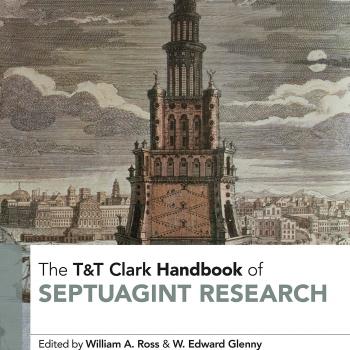


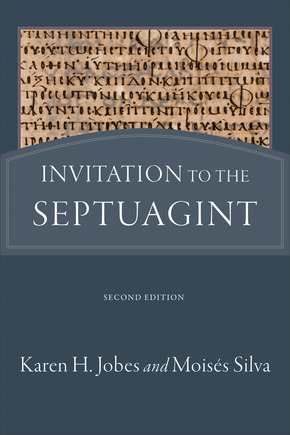


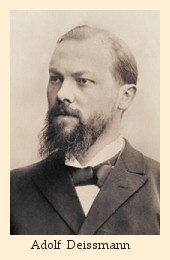 A single hour lovingly directed to the text of the Septuagint will further our exegetical knowledge of the Pauline Epistles more than a whole day spent over a commentary. (Adolf Deissmann; The Philology of the Greek Bible, 12)
A single hour lovingly directed to the text of the Septuagint will further our exegetical knowledge of the Pauline Epistles more than a whole day spent over a commentary. (Adolf Deissmann; The Philology of the Greek Bible, 12) of Scripture, the authority of the Apocrypha was reconsidered. Luther himself did include the Apocrypha in an appendix in his German translation of the Bible. He encouraged its use in worship, but felt that it should not be a basis for the development of doctrine.
of Scripture, the authority of the Apocrypha was reconsidered. Luther himself did include the Apocrypha in an appendix in his German translation of the Bible. He encouraged its use in worship, but felt that it should not be a basis for the development of doctrine.
.jpg) [John] Webster’s appeal to God’s gracious and sovereign superintendence of Holy Scripture ‘from pre-textual tradition to interpretation’ bears close affinities, of course, to the theological justifications offered by Origen and Augustine for the role of the Septuagint as a norm for Christian practice and belief. It is because of the sanctifying work of the Spirit in the translation, canonization, and reception of the Christian Bible that we are enabled to hear in the Septuagint, too, ‘the terrifying mercy of God’s address.’ (“The Septuagint and the ‘Search for the Christian Bible'” in Scripture’s Doctrine and Theology’s Bible, pg. 28)
[John] Webster’s appeal to God’s gracious and sovereign superintendence of Holy Scripture ‘from pre-textual tradition to interpretation’ bears close affinities, of course, to the theological justifications offered by Origen and Augustine for the role of the Septuagint as a norm for Christian practice and belief. It is because of the sanctifying work of the Spirit in the translation, canonization, and reception of the Christian Bible that we are enabled to hear in the Septuagint, too, ‘the terrifying mercy of God’s address.’ (“The Septuagint and the ‘Search for the Christian Bible'” in Scripture’s Doctrine and Theology’s Bible, pg. 28)
 I love the Septuagint! Well, I love Greek. I find the Septuagint, as a translation and interpretation of the Hebrew Jewish Scriptures fascinating. I love digging into the LXX for help with NT word studies in particular.
I love the Septuagint! Well, I love Greek. I find the Septuagint, as a translation and interpretation of the Hebrew Jewish Scriptures fascinating. I love digging into the LXX for help with NT word studies in particular. As history tells us, the Septuagint (referred to as LXX, for short) had this status (“inspired”) until the end of the fourth century. What happened then? Put simply, Jerome happened. Basically, Jerome felt that the Latin Biblical translations at his disposal (along with translations in other languages) were convoluted and too often divergent. He desperately wanted to write a new Latin translation. In order to do this properly, he felt compelled to work from the Hebrew texts of the Old Testament (as the earliest sources), and not solely or even primarily from the Greek Septuagint. Two points, though, should be made at this point. First, he had respect for the LXX and considered it inspired (or at least “special”). Secondly, he was not necessarily the voice of an anxious consensus. In many ways, he was alone. In particular, St. Augustine disagreed – quite passionately.
As history tells us, the Septuagint (referred to as LXX, for short) had this status (“inspired”) until the end of the fourth century. What happened then? Put simply, Jerome happened. Basically, Jerome felt that the Latin Biblical translations at his disposal (along with translations in other languages) were convoluted and too often divergent. He desperately wanted to write a new Latin translation. In order to do this properly, he felt compelled to work from the Hebrew texts of the Old Testament (as the earliest sources), and not solely or even primarily from the Greek Septuagint. Two points, though, should be made at this point. First, he had respect for the LXX and considered it inspired (or at least “special”). Secondly, he was not necessarily the voice of an anxious consensus. In many ways, he was alone. In particular, St. Augustine disagreed – quite passionately.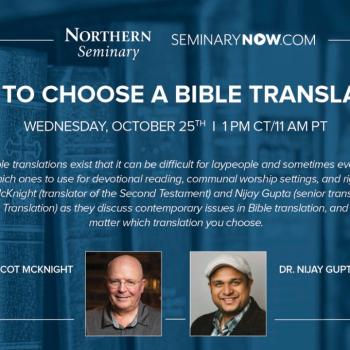
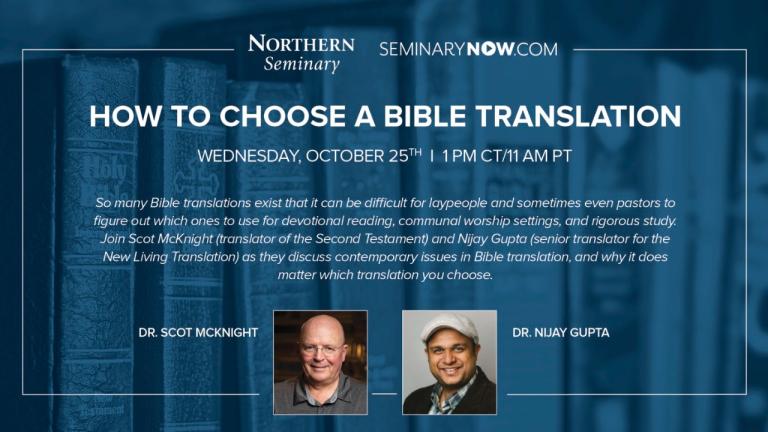



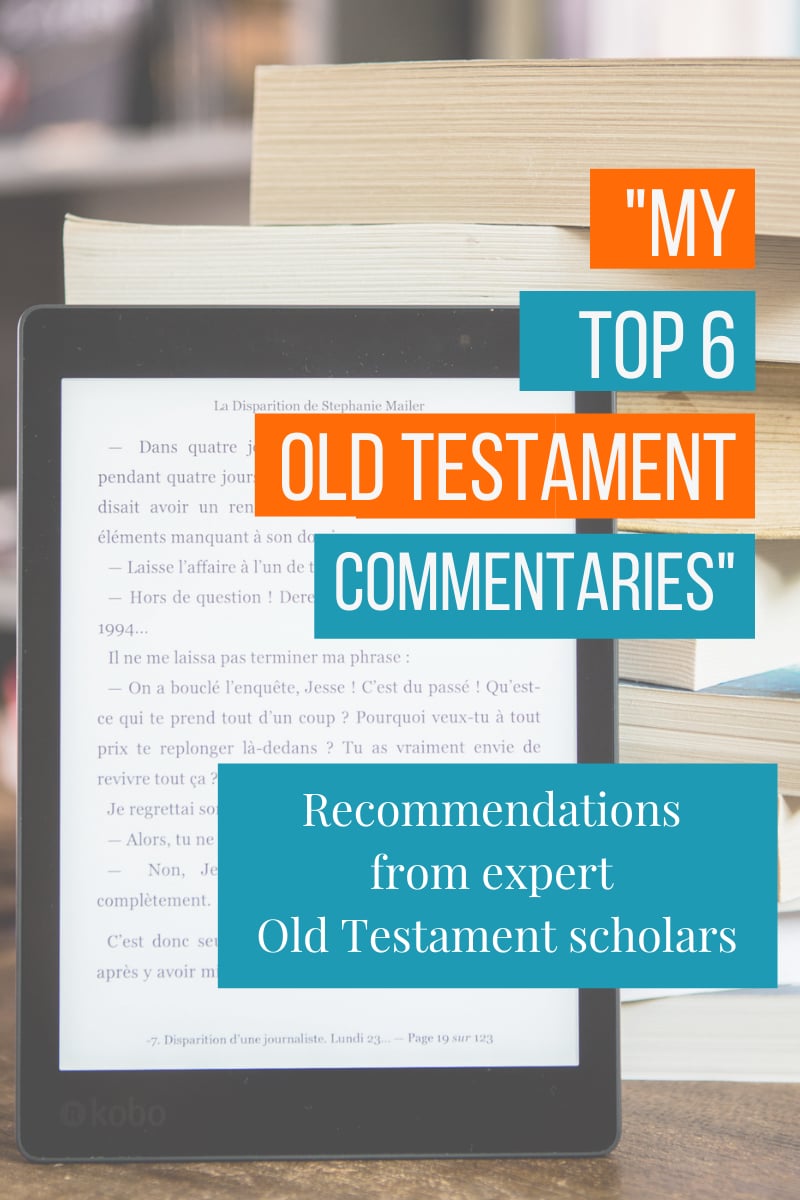







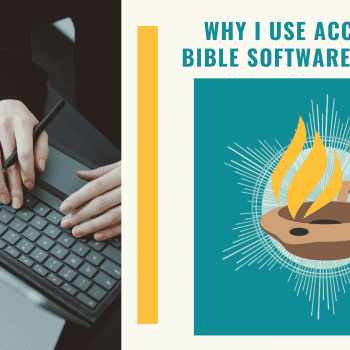
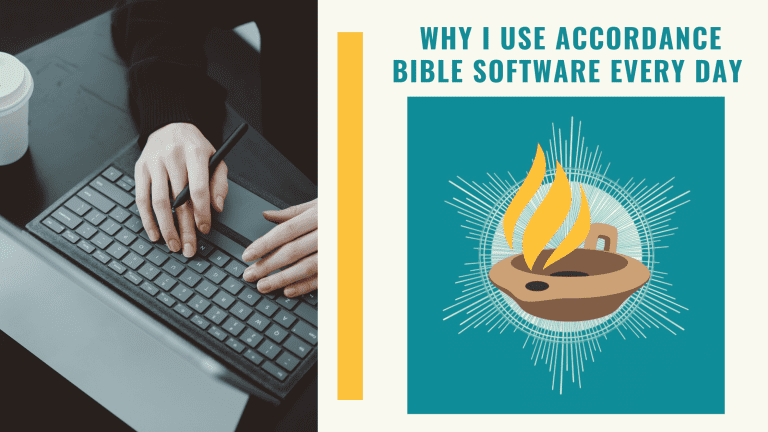



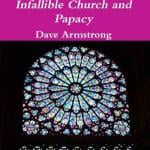


My Top Six OT Commentaries: Psalms (Guest Writer: Dr. Elizabeth H.P. Backfish)
(Wanna get caught up on all our previous guest posts and their commentary recommendations? Here is the index link to this series.)
Today, we are fortunate to have a guest expert on the Psalms, Dr. Elizabeth (Libby) Backfish, Associate Professor of Hebrew Bible at William Jessup University in Rocklin, CA; and Resident Theologian at Granite Springs Church in Lincoln, CA.
She is currently writing a Psalms commentary with Andy Abernethy for Lexham Press to add to this list.
Technical
This single-volume commentary, for me, packs the biggest punch and includes all of the essentials for serious textual analysis: textual-critical notes, careful exegesis, including attention to poetic features, and keen insights into intertextuality and theology.
As one would expect from a three-volume commentary, and from the inimitable John Goldingay, this set is thorough in its exegetical breadth and rich in its theological depth.
Hossfeld, Frank-Lothar, and Erich Zenger. Psalms 2 and Psalms 3. Hermeneia. Edited by Klaus Baltzer. Translated by Linda M. Maloney. Minneapolis: Fortress, 2005, 2011.
Although this set is incomplete (both authors passed before the first volume could be completed), it offers unique contributions. First, in its careful attention to historical-critical issues, and second in its extended purview. Each psalm’s relationship to adjacent psalms and to major translations (LXX, Targum) and New Testament use are given thoughtful consideration.
Semi-Technical
This commentary is streamlined and accessible, but written with the serious student or pastor in mind. Its introduction and topical essays scattered throughout (but helpfully listed in the introduction) are alone worth the price of the commentary.
Non-Technical
In this first volume, Villanueva writes from a Filipino-Asian context and invites readers to consider the enduring message of the psalms. He is a master of careful listening, both to the biblical text and to his own context, modeling how to bring the spiritual heart of the psalms to God’s people.
Longman has faithfully upheld the reputation of the TOTC on Psalms by updating Derek Kidner’s classic commentary. True to form, Longman distills expert analysis in a readable form. I recommend it as a resource for pastors and teachers, as a textbook for students, and even for devotional reading.
Thank you, Dr. Backfish! If you want to get technical on the Psalms, check out her monograph!